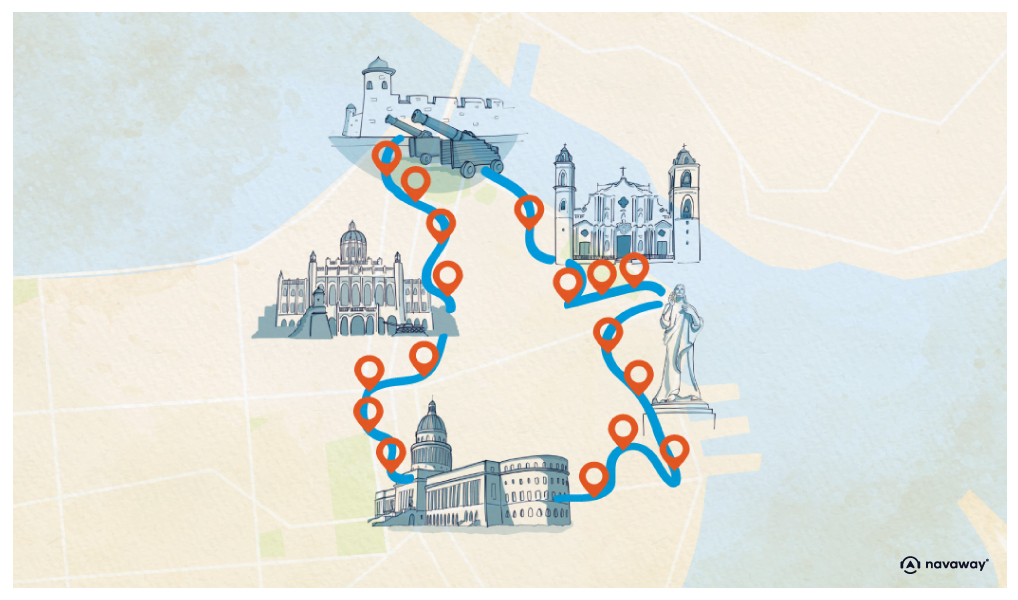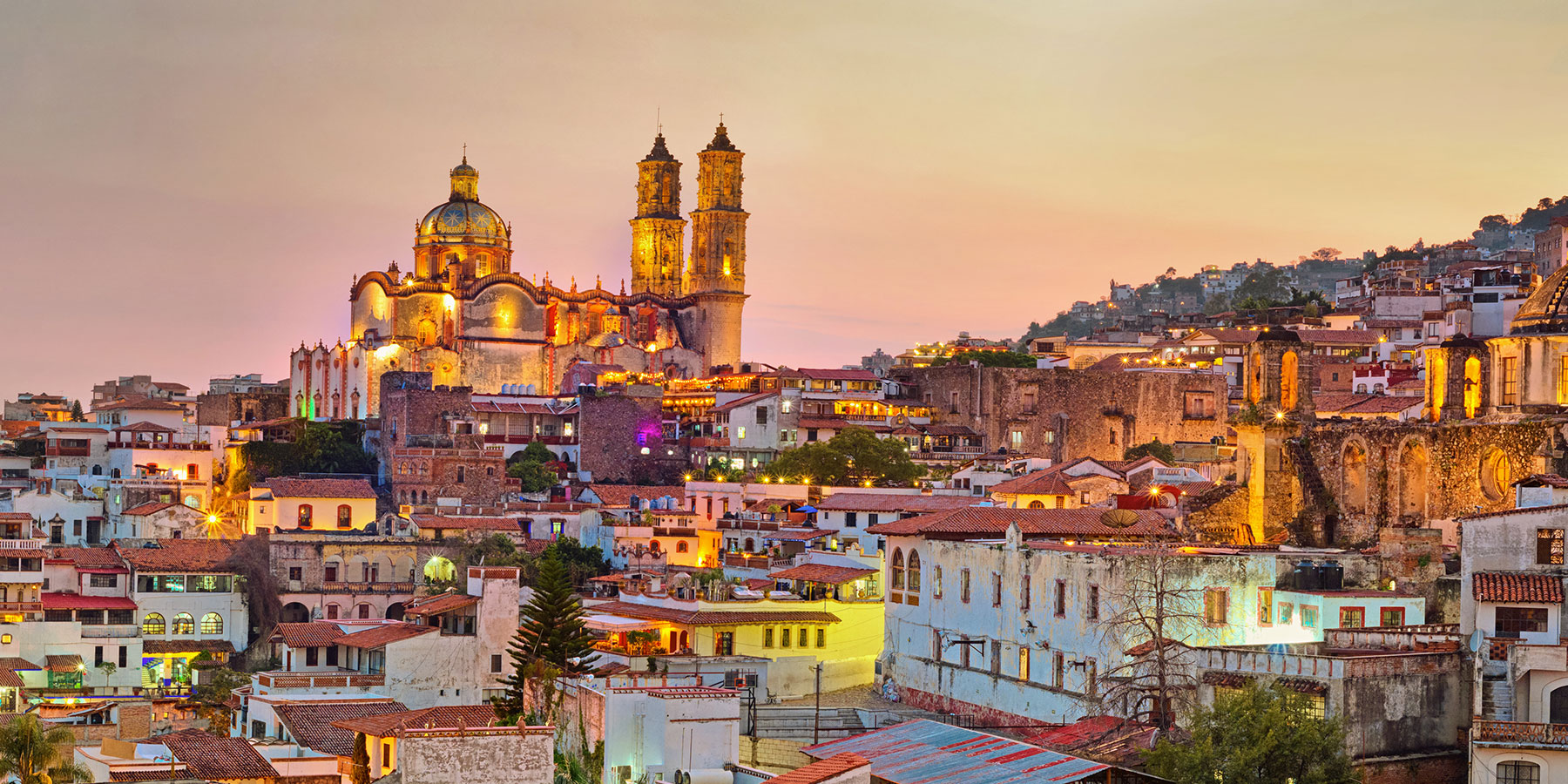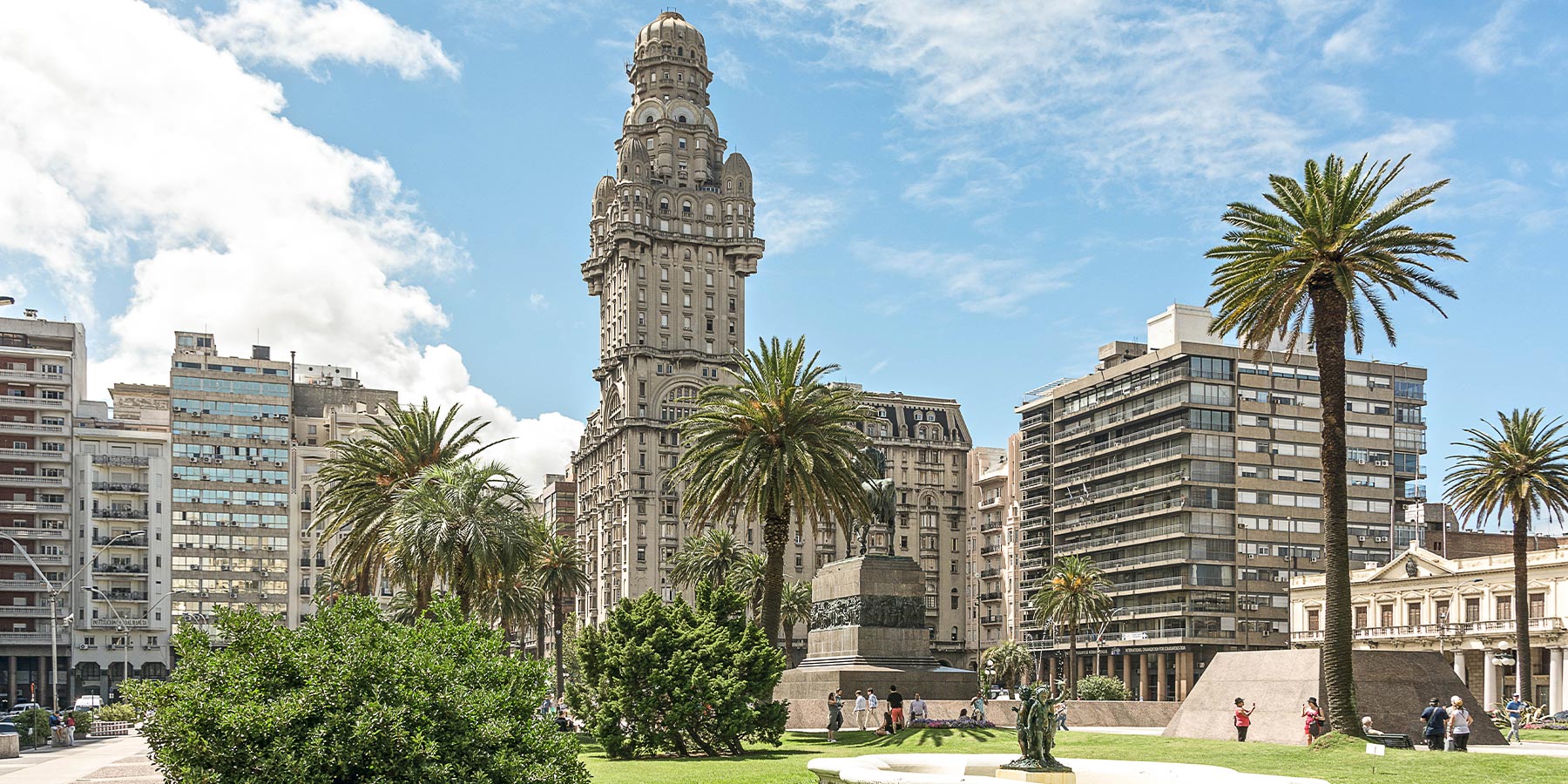
Cuba’s American Cars

This point of interest is available as audio on the tour: Visit Havana, El Vedado: Havana’s timeless elegance
Round headlights, pop colours, curvy lines, and that unmistakable vintage rumble—Cuba’s classic American cars never fail to turn heads. Sure, it might sound cliché—but we’re all in. These legendary cars bring joy to every visitor exploring Havana. Do you know the story behind them, and how they came to symbolise the island and its capital? Imported during the first half of the 20th century, American cars filled Cuban streets for nearly fifty years. After the Cuban Revolution in 1959, the United States imposed a full trade embargo on Cuba — cutting off all imports, including cars and spare parts. In response, Fidel Castro banned the import of American cars altogether. That decision effectively froze Cuba’s car fleet in time. The only vehicles left for Cuba were these iconic machines from the ’50s and ’60s. With no way to replace them, locals had to find ways to keep them running, no matter what. Petrol engines were converted to diesel, Soviet or Chinese parts were adapted for American motors, fuel tanks were patched together from kitchen appliances… Every trick in the book was used. Today, around 70,000 of these vintage cars still exist in Cuba. The 1955 Chevrolet Bel Air is the oldest and most common, but the most sought-after for its legendary retractable roof is the Ford Fairlane Skyliner. There’s also the Pontiac Chieftain, the Oldsmobile Super 88, the Buick 8, and dozens more. Locals call them almendrones, meaning the big almonds. Passed down through generations, they’re more than just cars. Used as taxis or wedding rentals, they’ve become the livelihood of many Cuban families determined to hold on to them.

Discover other tours to visit Havana

Discover Havana with app
An interactive guide through the most beautiful streets, squares, and districts
19 fun audioguides full of historical facts, anecdotes, and legends






Comments